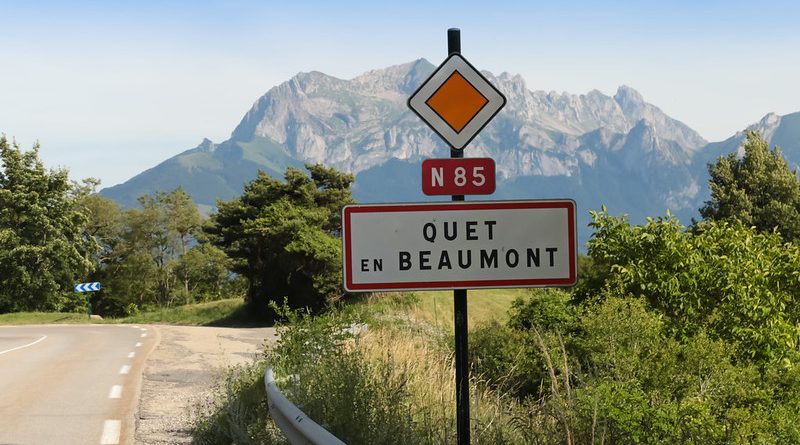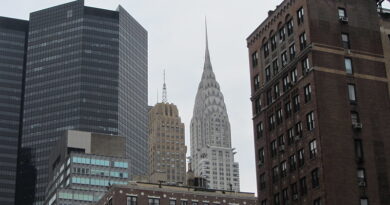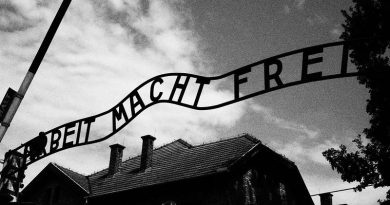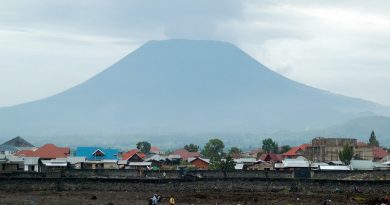Routes of History: The Route Napoleon
In 1814 Napoleon was exiled to the tiny Mediterranean island of Elba and the European political establishment slowly began to forget about him. But the defiant Corsican refused to lie down and in one last throw of the dice he left Elba in late February 1815 and sailed for France to overthrow Louis XVIII.
He disembarked at Golfe Juan and set off, accompanied by a handful of his followers, to recover his title. He chose to reach Lyons over the mountains, so as to avoid meeting resistance in royalist towns. So the Route Napoléon is the stretch linking Golfe Juan to Grenoble, via Grasse, Digne and Gap. He managed to cover 324 km in 6 days, and on 20 March he reached the Tuileries, as planned.
On 1 March, Napoleon’s ship, Inconstant, put to shore at the fishing village of Golfe-Juan between Cannes and cap d’Antibes. The exiled Emperor disembarked with around 1,000 men. On stepping ashore he declared, “L’aigle avec les couleurs nationales volera de clochers en clochers jusqu’aux tours de Notre-Dame.” (The nation’s eagle will fly from steeple to steeple as far as the towers of Notre-Dame.)
To avoid the Rhône Valley and the King’s troops in Marseille to the west, Napoleon made a bold strategic decision. He chose to head north to cross the Alps via Digne and Sisteron to Grenoble. The journey was remarkable. From Cannes, Napoleon and his little army climbed to Grasse then followed drover trails and mule tracks north.
In the 1930s, the French government decided to recognise Napoleon’s influence on internal affairs—after all, he had eliminated the old French regions, centralised administration, decimalised measurements, introduced the kilometre andimposed a new legal system. The flight of the eagle was to be acknowledged by building a new road, the RN 85, or as it has become known, La Route Napoléon,to roughly retrace the steps of the returning Emperor in search of his throne.
On the western shoreline sandwiched between Cannes and the Cap d’Antibes is an ancient fishing village sheltered by the heights of Vallauris. Its name is Golf Juan and it secured its niche in history by being the place where Napoléon Bonaparte chose to step ashore with his 1000 men after escaping from Elba. As history records, Napoléon marched through the Alps to Grenoble and on to Paris itself, gathering more followers at every stop to keep his date with destiny.
When Napoléon’s small army arrived at the tiny village of Cannes they pitched their tents on the beach but were allowed a scarce two-hours rest. Packing quickly, theymarched inland on the straight road through Le Cannet, Mougins and Mouans Sartoux until they reached the outskirts of Grasse . Napoléon tried to avoid passing through the town as he was unsure of the reception he would get from the inhabitants. Instead he took a short break near a village called Cabris, which must have suited him well as this was a vast plain on the very edge of Le Plateau de Provence, which also gave a good view of the countryside. This, the Plateau de Roquevignon, is known today as Napoléon’s Plateau.
Cabris, incidentally, was occupied in ancient times by the Moors, and is now a favourite abode for artists and writers seeking that peace which such a small town affords. The road – as a road – ended here and the Emperor’s small army had to temporarily leave the two light canons and some other equipment behind and tackle the stiff slopes that led to the Alps proper, using only mules which he requisitioned. There is a story told that one of the mules slipped on the ice and a shower of gold coins fell down the precipice.
Today that road cuts across the fields and hills and then leads on across three mountain passes, the Pilon Pass (2575 feet), then the Faye Pass (3250 feet), where a bust of Napoléon commemorates his resting there for a meal, and then on to the third Pass, the Valférrière (3800 feet).
Considering this was very early in March, such a journey undertaken in cold winds, rain and even snow, remains a classic of determination because the Emperor and all his men completed the journey to Cabris from Golf Juan in 24 hours. It is at Cabris, where Napoléon’s men had to leave the road and start climbing, that the connection with the Côte d’Azur ends.




